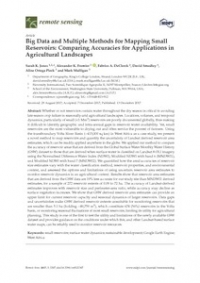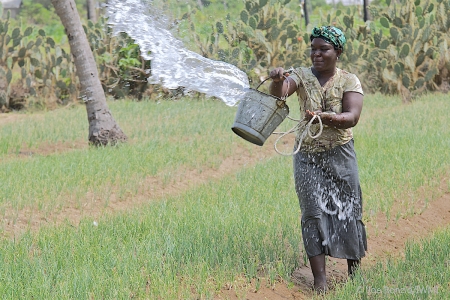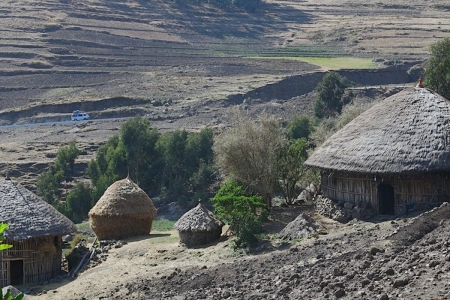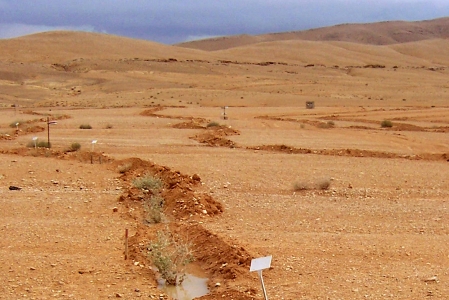Freshwater scarcity is a major concern for food security in agricultural regions around the world. Reservoirs, with their capture and storage functions, are important to regions such as sub-Saharan Africa, in which seasonal rainfall fluctuates. Containing water throughout the dry season is critical to avoiding crop failure in these seasonally-arid agricultural landscapes.
However, the locations, volumes, and temporal dynamics of small reservoirs are poorly documented globally. It is therefore difficult to identify geographic and intra-annual gaps in reservoir water availability. Yet, these small reservoirs are the most vulnerable to drying out and often service the poorest of farmers. With reservoirs a less expensive investment water storage option, there is a need for greater access to better understand and utilize reservoirs.
Using the transboundary Volta River Basin in West Africa as a case study, this novel method maps reservoirs and quantifies the uncertainty of Landsat derived reservoir area estimates, which can be readily applied anywhere in the globe using freely available data and tools.
For a brief overview of the methods see below. To read more about this tool read Big data and multiple methods for mapping small reservoirs: comparing accuracies for applications in agricultural landscapes.
Section 1 presents the main objective of the study: to compare a range of methods for rapid and low-cost monitoring of reservoirs and to establish levels of accuracy in reservoir characterization using these methods.
Section 2.1 presents the study site. Sections 2.2 and 2.3 describe the input remote sensing datasets and processing techniques that were used to identify reservoirs and prepare surface water maps. Section 2.4 explains how reservoir extents were extracted, and Section 2.5 describes the validation data used to determine the accuracy of these reservoir extents. Sections 2.6 and 2.7 describes the comparison of accuracies and analysis of covariance with environmental factors, while Section 2.8 explains how we used the GSW-derived reservoir extent data to illustrate potential policy-relevant applications.
Sections 3.1 and 3.2 reports the accuracy of reservoir area estimates across water classification methods and how accuracies vary with environmental conditions. Section 3.3 presents reservoir volume and seasonality derived from GSW where sufficient data were available over the 1200 Volta basin reservoirs.
Section 4 critically analyses the results and the proposed approach for reservoir monitoring.
Section 5 concludes by summarising the utility of our approach for agricultural applications and in a broader context















